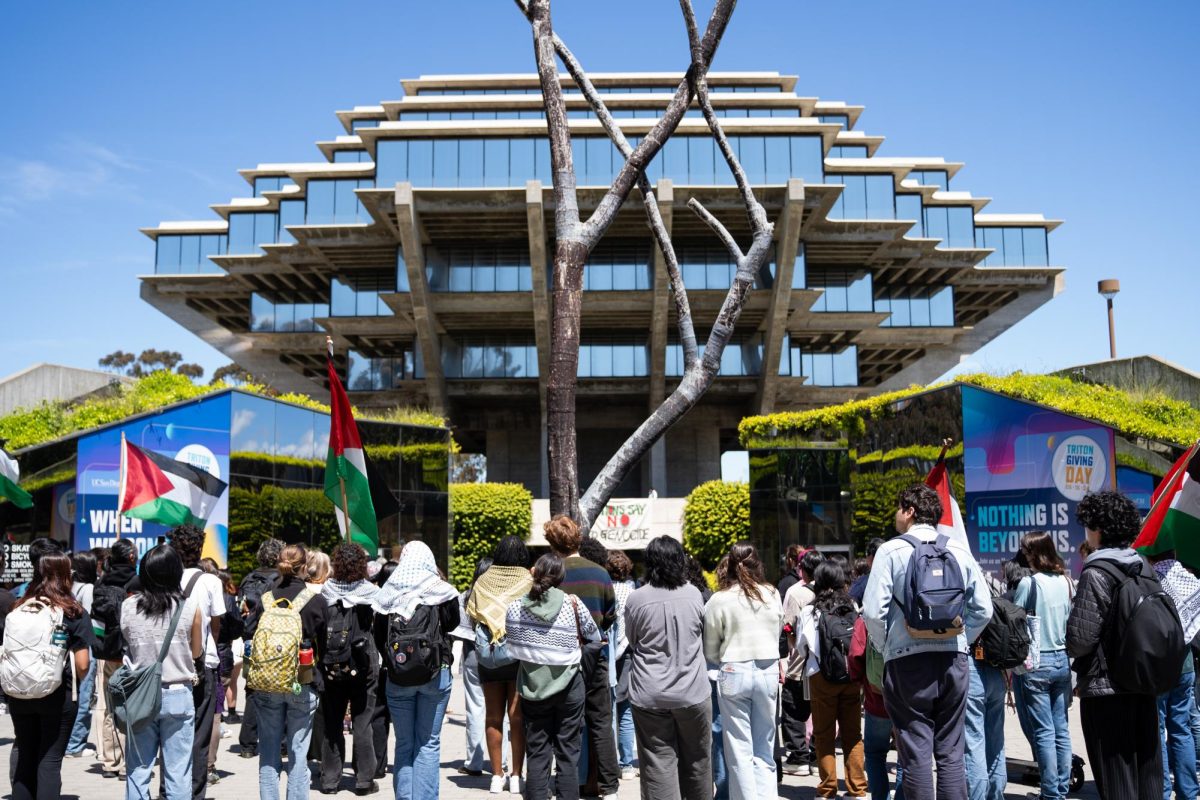International House has long maintained a reputation as
UCSD’s multi-cultural, ultra-social metropolis. However, that reputation may be
threatened this year by an unlikely source — the
While the addition of extra bunks to triple up freshman
dorms was able to accommodate last year’s enormous freshman class, the
college’s apartments have not been as successful, with sophomores insured by
housing contracts spilling over into I-House.
The ERC Residence Life Office estimates that this year, out
of the 146 American students living in
Kathmandu Halls, an unprecedented 80 — more than 54 percent of the total
American population in I-House — are sophomores.
Although still required to complete I-House applications,
sophomores were judged separately from juniors and were not in competition with
each other, I-House Director Christi Gilhoi said.
Apart from class level, this year’s I-House population has
witnessed other demographic changes. While Gilhoi said the number of
international and American students is kept close to 50 percent, the 103
international students living in I-House this year comprise only 41 percent of
its population. Last year, international students outnumbered Americans by 6
percent.
The decline in foreign students and increase in sophomores
has also affected the average age of the I-House population. Generally,
students living in I-House tend to be older than other students living on
campus. However, the average age of current residents is 20, and a majority of
students are 19 years old.
“Last year all of us were 21 by the end of the year,” said
Revelle College senior Joshua Ocegueda, who has lived in I-House for the last
two years. “Having younger people definitely changes the atmosphere.”
Gilhoi said the goal of I-House is to achieve a mixture of
represented countries and ages to create a snapshot of the world.
Despite the age disparity, she said that resident advisers
have indicated that turnout for I-House events has almost doubled in comparison
to last year, with the increased participation mostly coming from American
students.
“I would say the challenge is getting international students
involved,” she said.
While many international students said they attend cultural
events, such as European Culture Night, some said the social scene has not
lived up to their expectations.
Revelle College junior Josephine Pheron, an exchange student
from France, said she was disappointed not by the residents of I-House, but by
its stricter policies.
“Most parties are shut down by 11 [p.m.],” she said. “In the
beginning of the year, international students who lived off campus would come
to I-House for the social life, but now they think, ‘What’s the point?’”
The constant presence of residential security officers this
year is another change that may be related to the larger sophomore population,
Gilhoi said.
“Whenever there are more underage students, a little extra
care is necessary,” she said.
While Gilhoi did not know why more RSOs have been patrolling
I-House this year, she said that some RSOs likely remember the “troublemakers”
from freshman dorms last year, and feel obliged to “check up on them” this
year.
However, not everyone said they were dismayed by the
younger, more sober I-House.
ERC sophomore Liam Boogar, an 18-year-old American student,
said the changes are “a step up from anywhere else on campus.”
Gilhoi said this year’s changes are temporary.
“We don’t expect to have large numbers of sophomores next
year,” she said.







